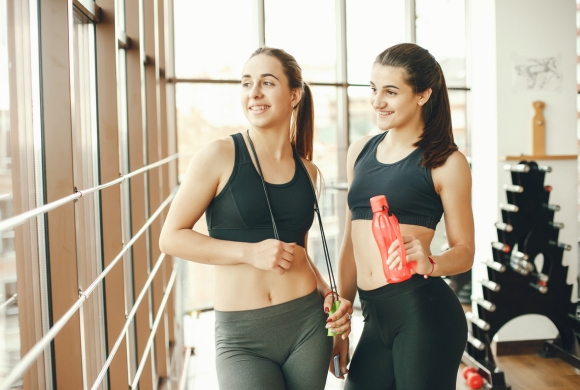Style Guide
Have you ever felt on edge at the gym because of your outfit? While it is a common experience, it doesn’t have to be. Choosing the right gym wear can boost your confidence and make your workout more enjoyable. In this blog post, we’ll guide you on what to wear to the gym, covering everything from basic pieces and accessories to essential etiquette tips.
